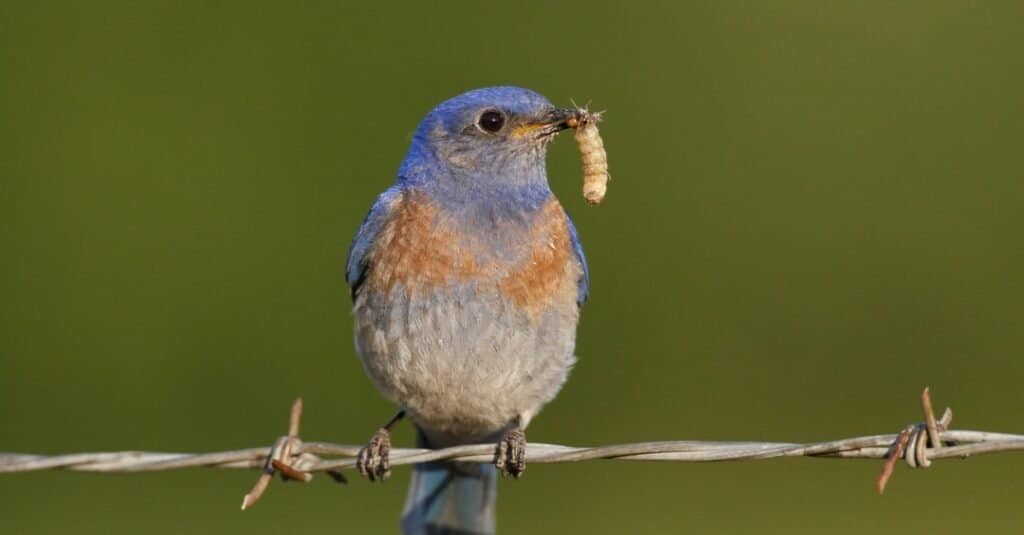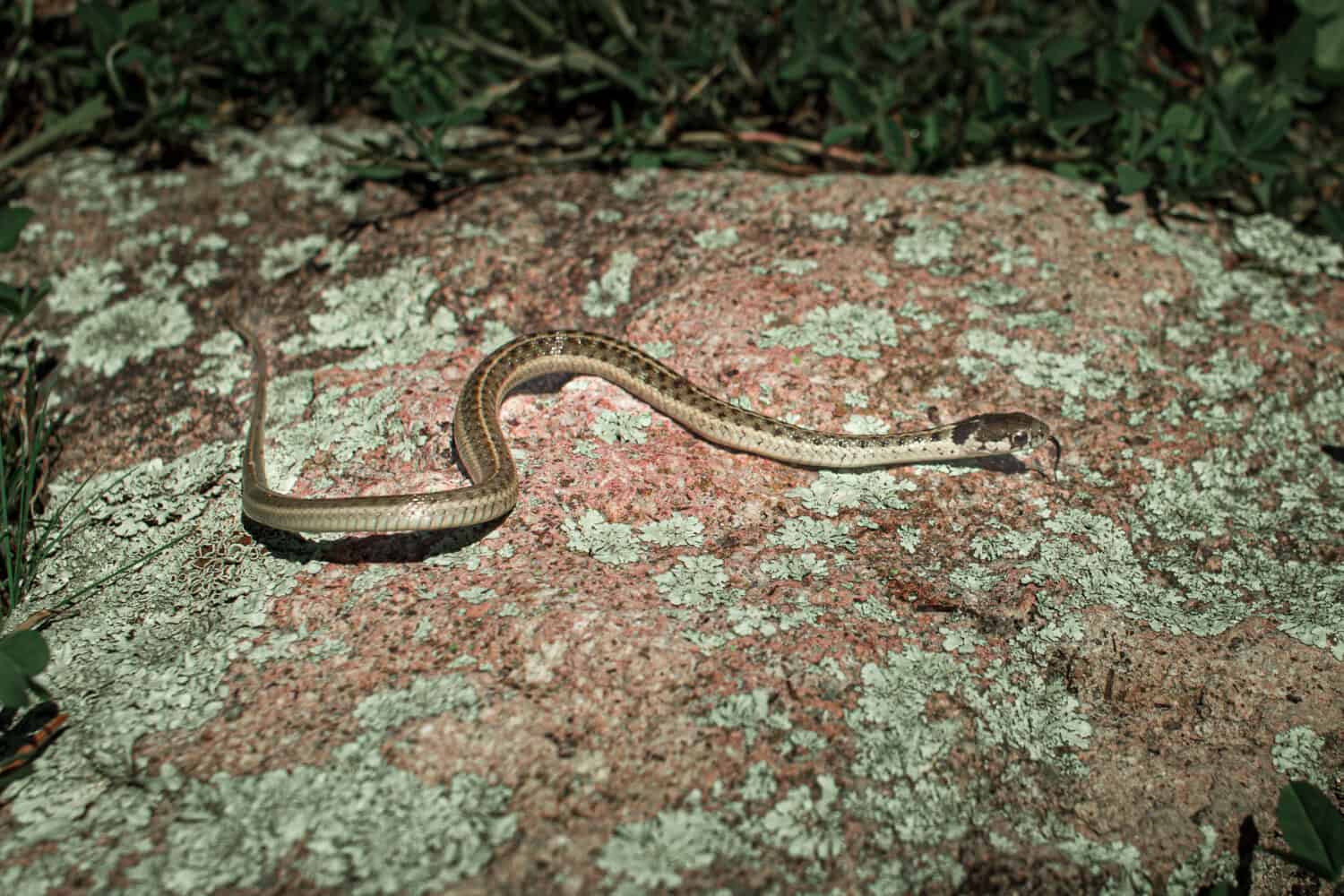
When you think of California, you may think about large cities bustling with life and hosting thousands of people. After all, California is home to the second largest city in the United States: Los Angeles, with 3,889,834 people in 2020. However, while you may be aware of some of the largest cities, do you know the smallest town in California?
If not, don’t worry. Below, you’ll get to learn more about the smallest town in California,
The Smallest Town in California
If you’re looking to learn what the smallest town in California is, look no further than Amador City.
Previously known as Amadore’s Creek or South Amador, Amador City has a population of 200 people as of 2020. This is up from 185 in the previous census year. It isn’t just the smallest town in California by population, though. Amador City is also the smallest town in California by size.
With a town this small, the residents of Amador City could all fit into a medium-sized plane. This includes those like the Boeing 737 and Airbus A320, which are designed to fit up to around 200 passengers.

Amador City is the smallest town in California.
©SevenMaps/Shutterstock.com
Where Is Amador City?
Amador City is located in Amador County in eastern-central California. It is around an hour southeast of Sacramento, the capital of California. It is 125 miles northeast of San Franciso and it is almost 400 miles north of Los Angeles. Its coordinates are 38°25′10″N 120°49′27″W.
History of Amador City
Although the population of Amador City may be small, its history is anything but.
The smallest town in California was first settled in 1849. During this time, it sat along an old wagon trail that provided travel between Drytown and Sutter Creek. As with many small California towns, Amador City drew appeal during the Gold Rush, with many panners settling in the area in the pursuit of gold. One of the main groups to settle here was the Sunol group. This group included José María Amador, for whom the town and county are named for.
Amador City became a city on June 2, 1915.
Wildlife Near Amador City
Amador City and the surrounding areas are rich with diverse wildlife. Below, meet four of the species that you may encounter on a trip here.
Acorn Woodpecker
The acorn woodpecker (Melanerpes formicivorus) is a medium-sized woodpecker. It is found throughout the western and southwestern regions of the United States as well as in Mexico and Central America.
They are named for the significance of acorns in their diets. For the California population of acorn woodpeckers, including those found in Amador City, there is a particular emphasis on acorns. In fact, these woodpeckers may present a rare behavior by nesting in the fall just to take advantage of the plentiful acorns.
There are seven different subspecies of acorn woodpecker. Although they are threatened by habitat loss, they are considered to be a species of least concern.

Acorn woodpeckers are named for their heavy reliance on acorns.
©Ondrej Prosicky/Shutterstock.com
Western Bluebird
Like its eastern counterpart, the western bluebird (Sialia Mexican) is highly popular among birdwatchers due to its bright, sky-like appearance and cheerful call. There are six different subspecies of this bird, three of which are found only in different regions throughout Mexico.
You can identify the western bluebird from other species of bluebird by its coloration. This species has a grey throat, whereas the eastern bluebird has an orange throat and the mountain bluebird has no orange markings anywhere on its body.
Like the acorn woodpecker, this is a species of least concern.

Western bluebirds have grey throats compared to the orange of eastern bluebirds.
©iStock.com/mooninwell
Sierra Garter Snake
The Sierra garter snake (Thamnophis couchii) is a medium-sized snake with a slender body. It is not of medical significance to humans. However, they are still capable of biting and producing mild venom. As a result, for both your safety and the safety of the snake, it is important to never attempt to handle a wild snake.
This species may also be known as Couch’s garter snake or the western aquatic garter snake. It can often be found in Sacramento’s rivers and streams, including those near Amador City. It is native to California and Oregon.

The Sierra garter snake is not of medical significance to humans. However, they are still capable of biting and producing mild venom.
©FredyErives/Shutterstock.com
Stellar’s Jay
Stellar’s jay (Cyanocitta stelleri) is a unique-looking bird that many birdwatchers may set out to see. Adults have black, large-crested heads and bright blue bodies. Central American individuals are more blue than black, and they lack the crest of coastal varieties.
Like other jay species, they can sport a bit of an attitude, often found fussing with other birds that tread near. They may occasionally steal food from the acorn woodpecker.

Many of Stellar’s jays sport a large, triangle crest on their head.
©dimostudio/Shutterstock.com
The photo featured at the top of this post is © SevenMaps/Shutterstock.com
Thank you for reading! Have some feedback for us? Contact the AZ Animals editorial team.







